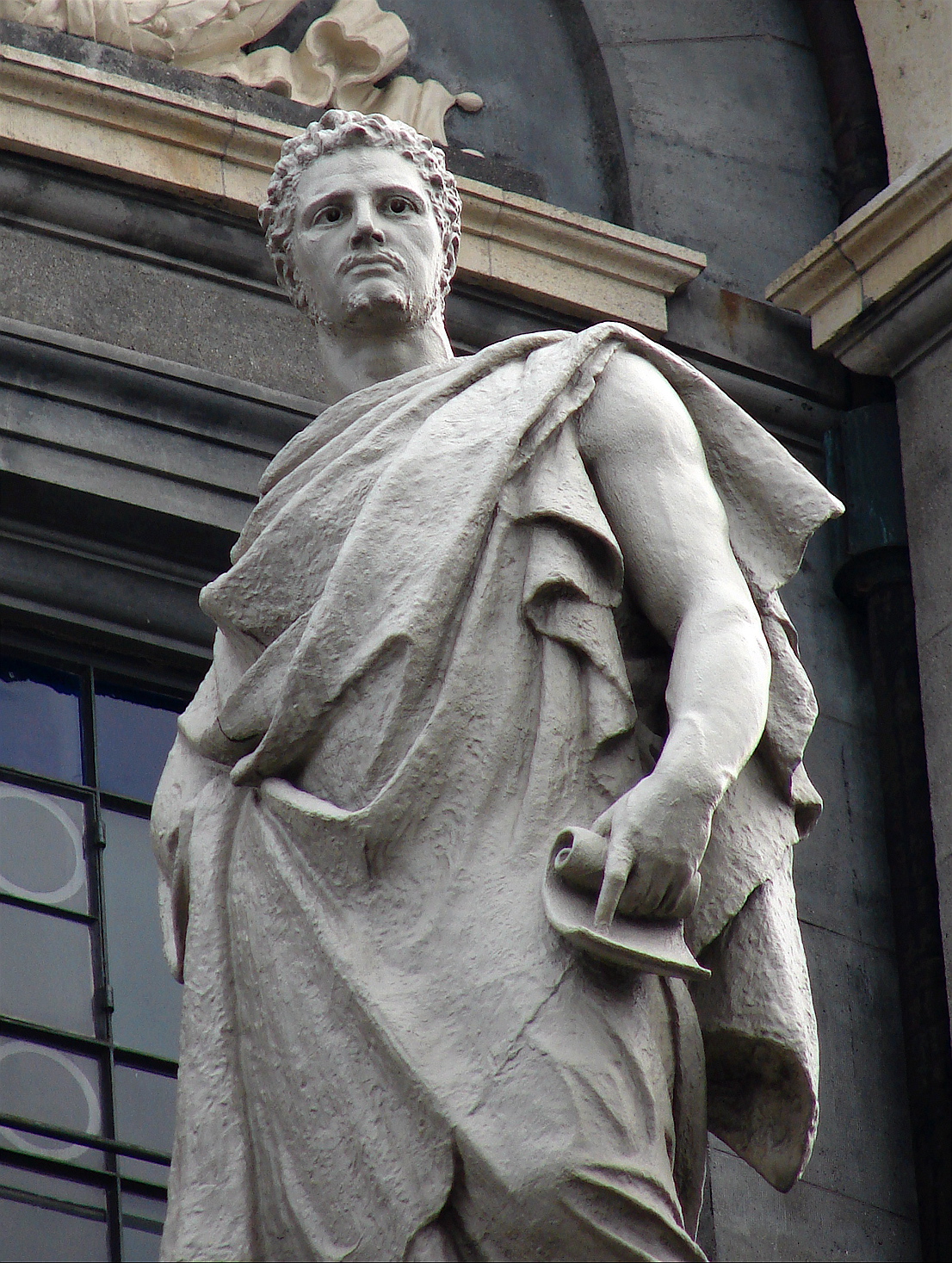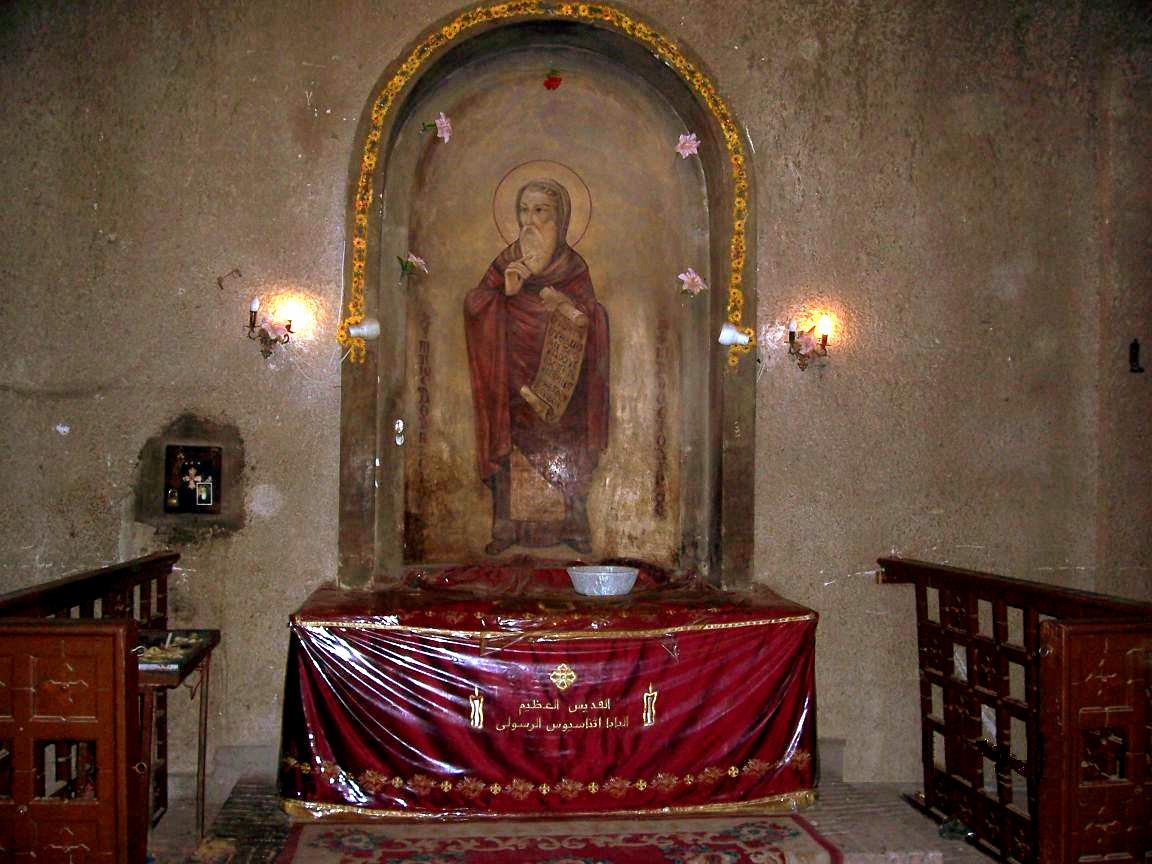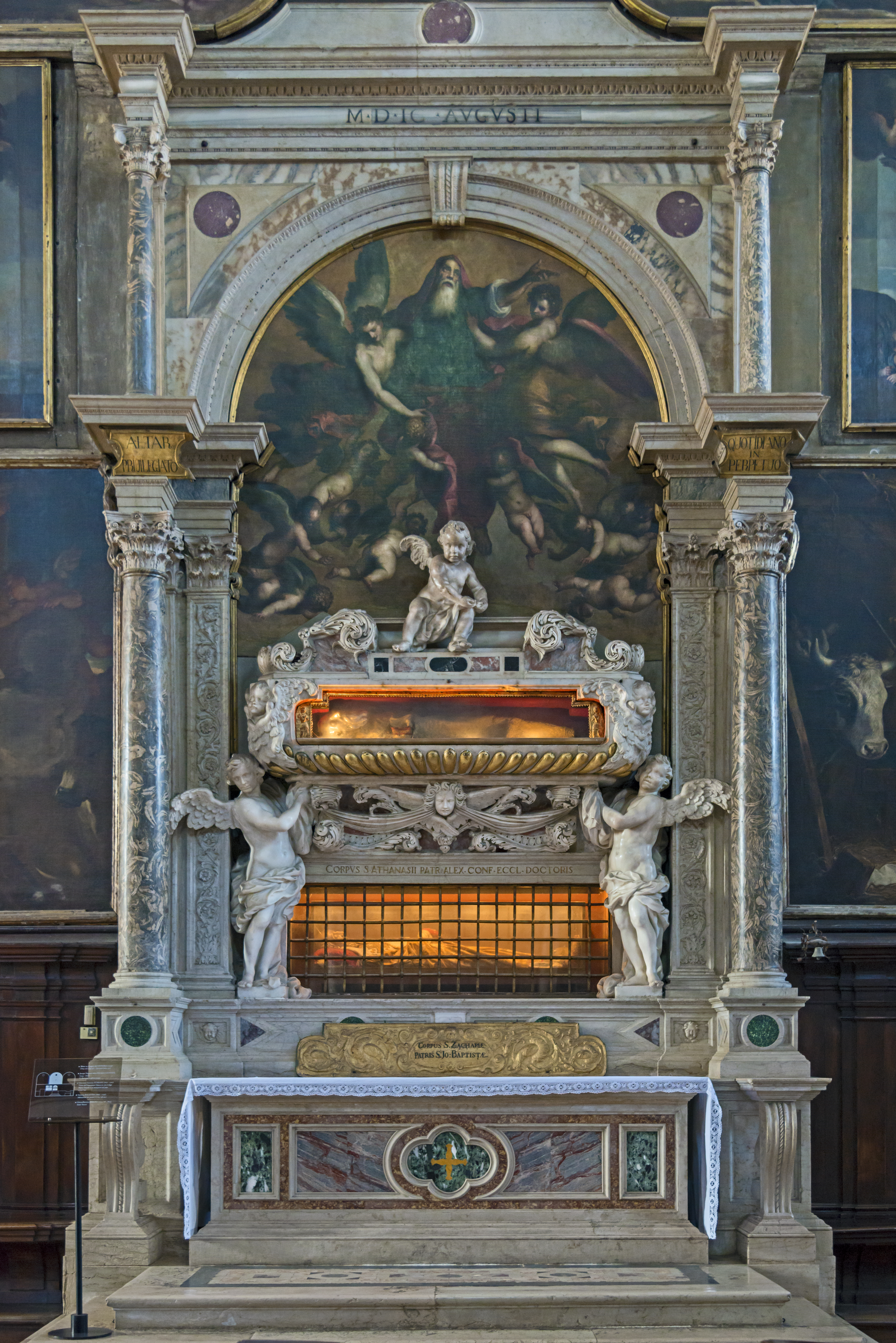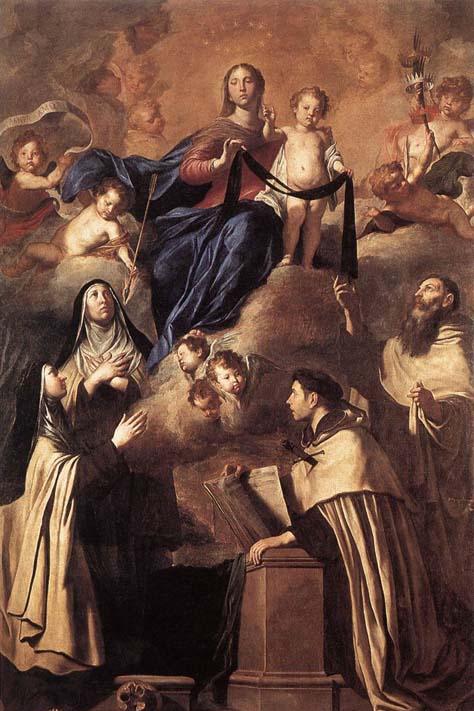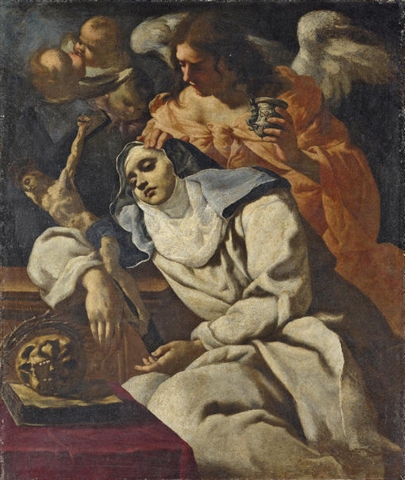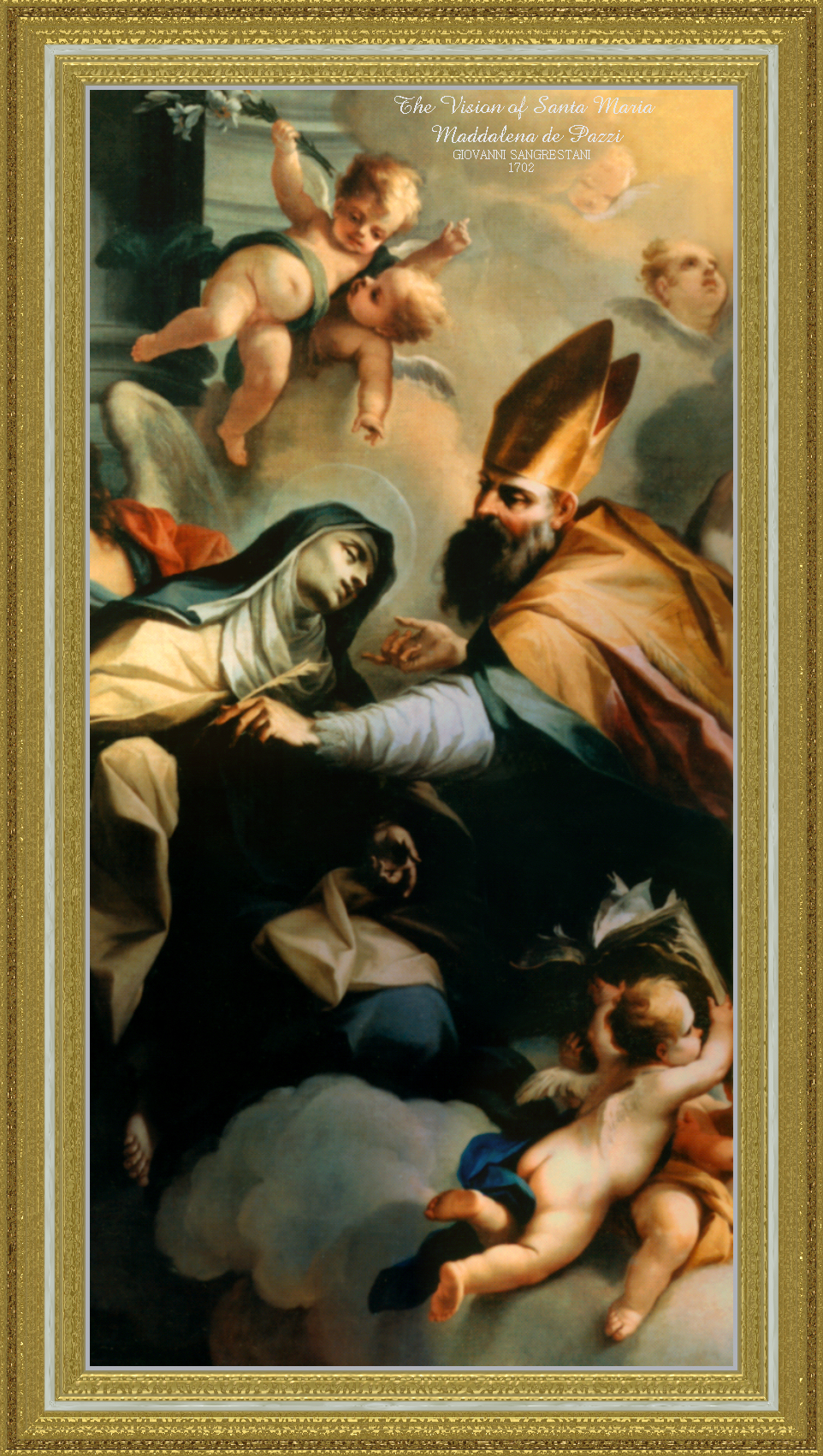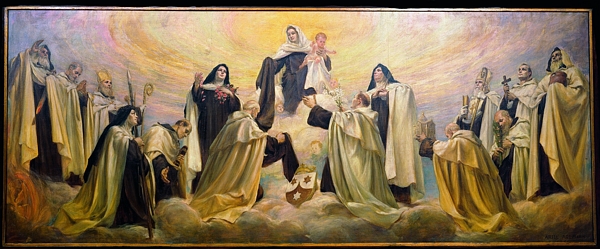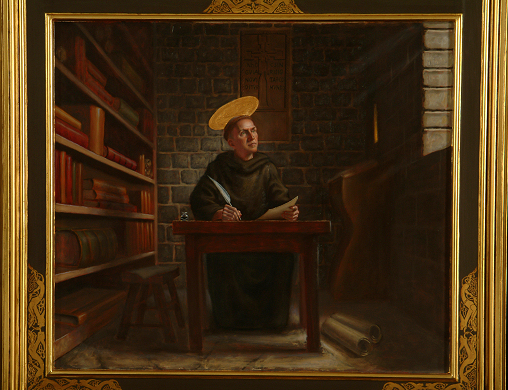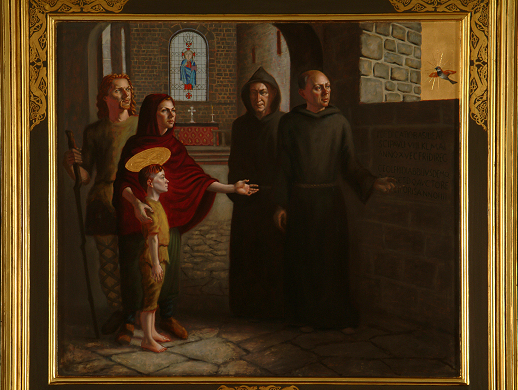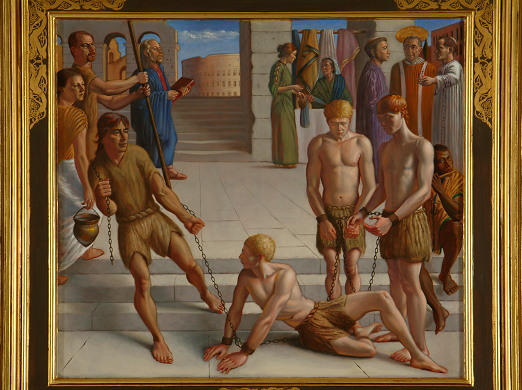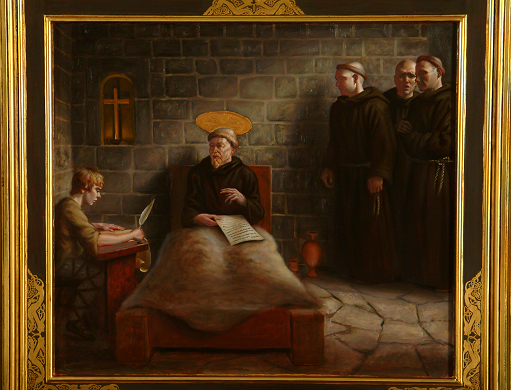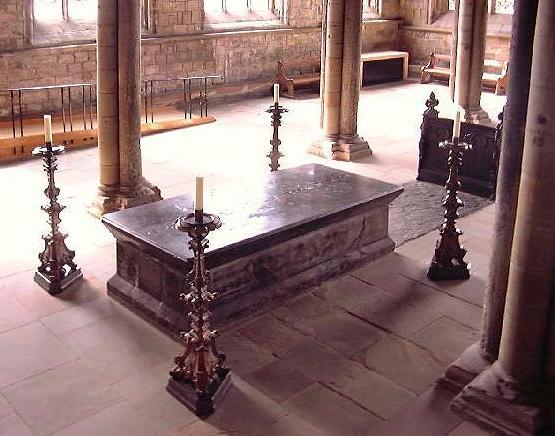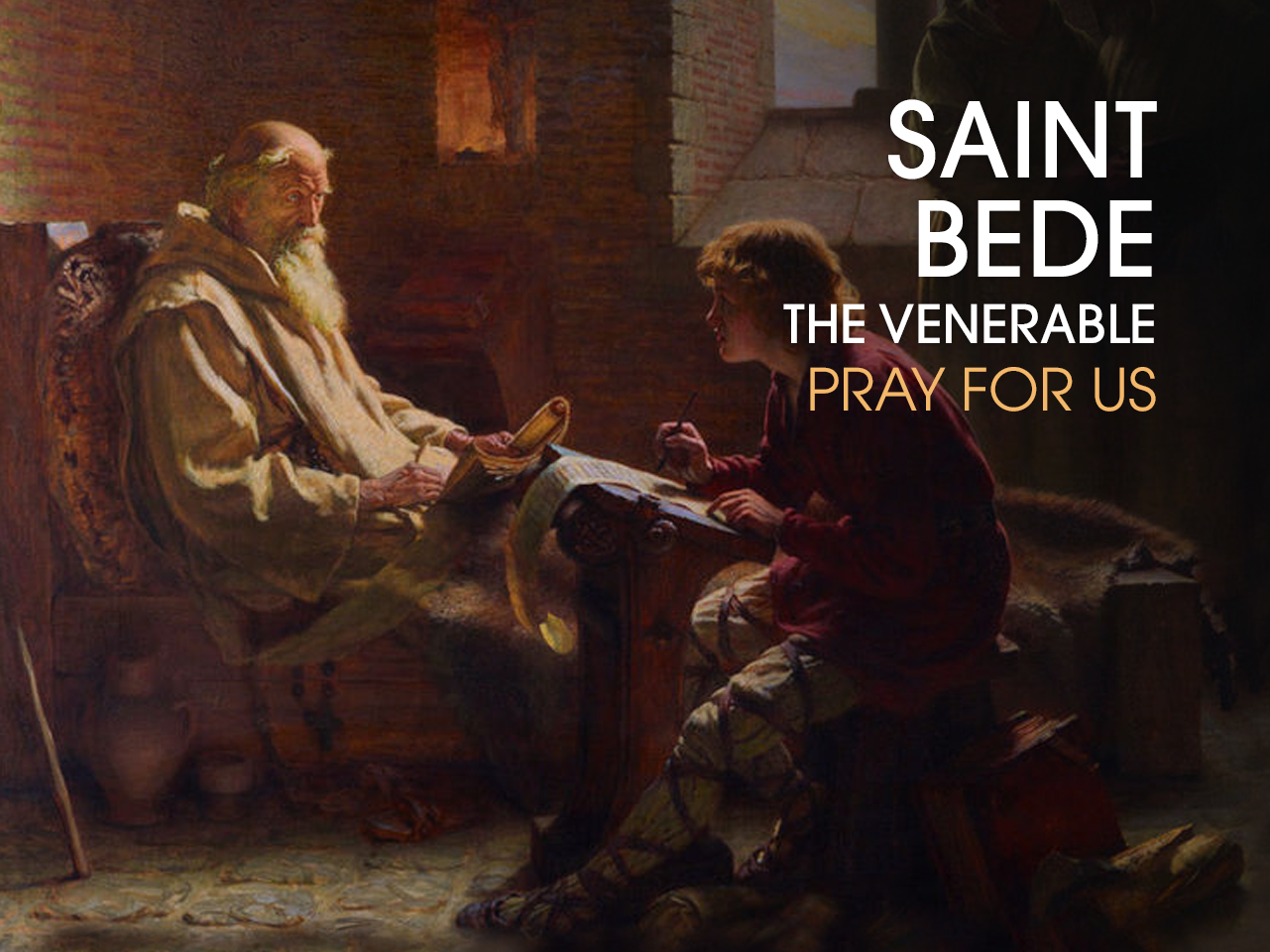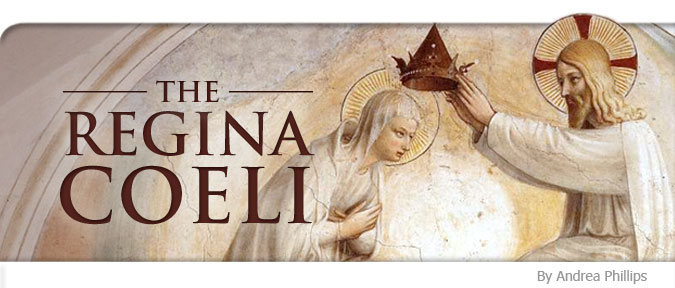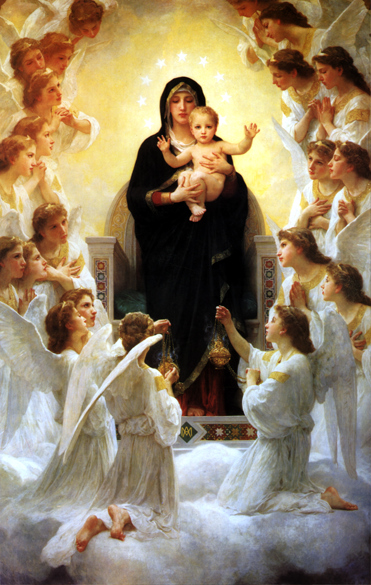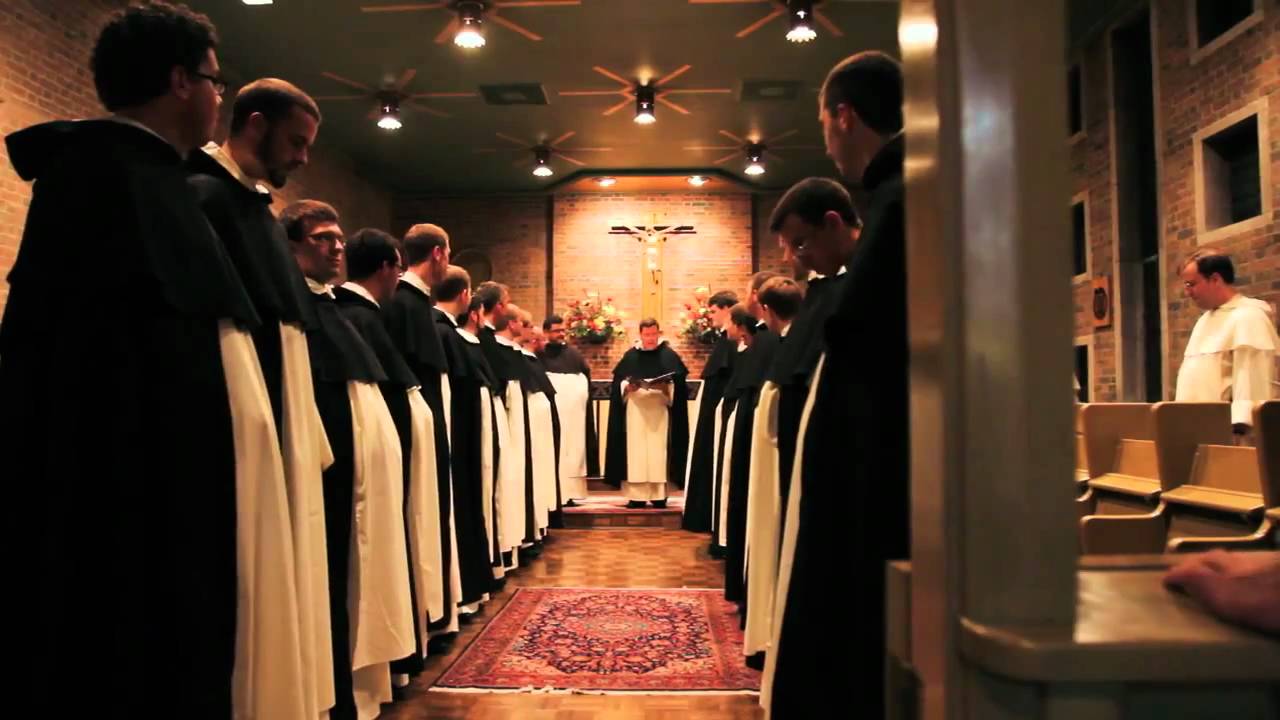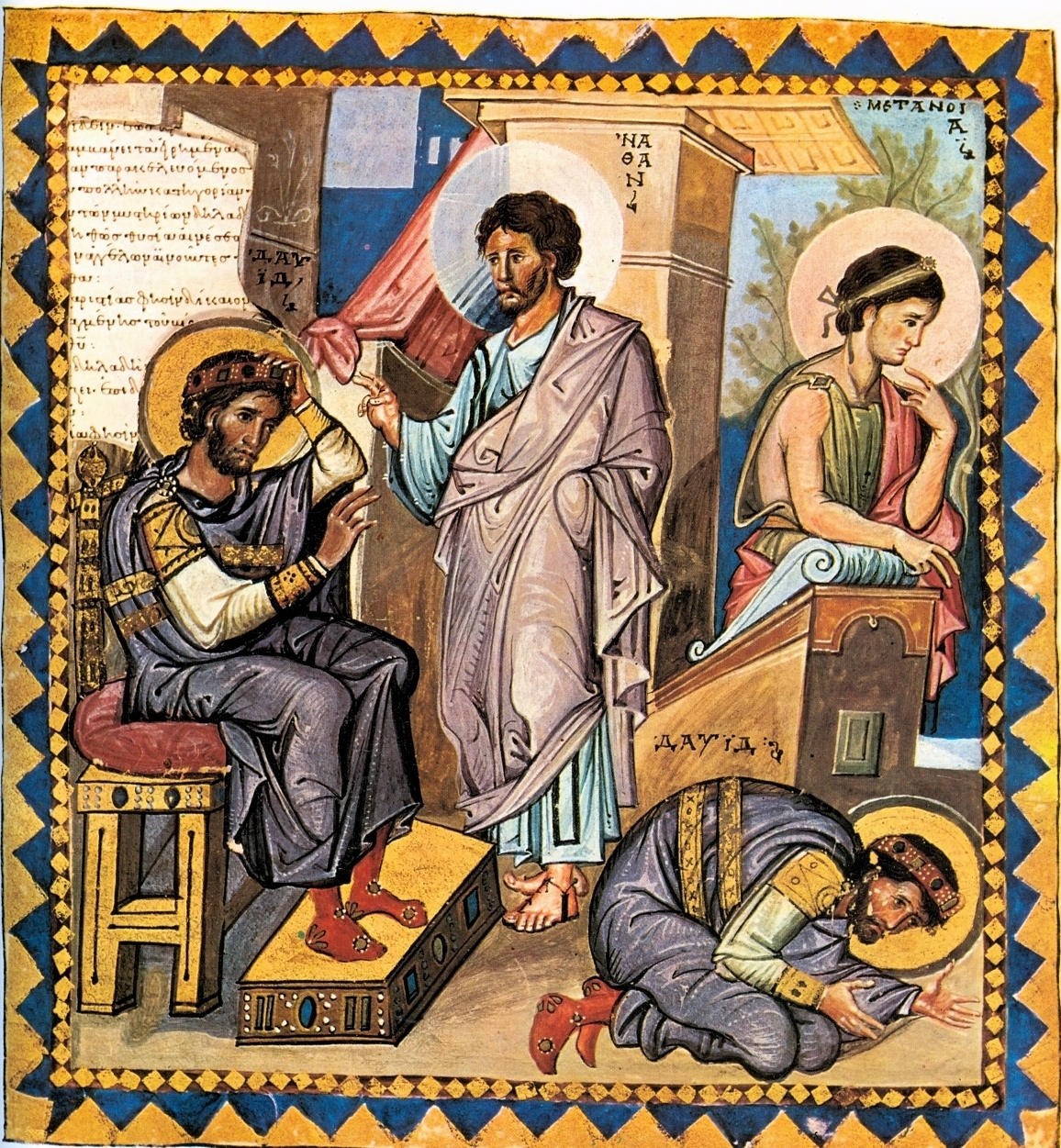
-The reproaches of the Prophet Nathan to King David and the penance of King David, 10th century AD, Paris psaulter (BnF MS Grec 139), folio 136v Reproches de Nathân à David, please click on the image for greater detail.
Firstly, let me say I am loathe to put forward the recommendations another makes for a fellow Christian’s penance, let alone propose such myself, especially for the ordained and especially even more so for the Successors to the Apostles. Never in my life prior could I have but imagined this turn of events or wanted to. Yet, it having been more than a little embarrassing to be a Catholic of late, I am sanguine to do so in this case.
I think of all the Irish who suffered degradation, injustice, poverty, death, discrimination and starvation rather than renounce their faith, and then I think of the betrayal of clerical pedophilia and its cover up, and it makes me more than angry, more than sick to my stomach. My Christian commitment/obligation toward forgiveness is sorely tested. I am sure, though, not more than I have tested the Lord in His love of me, so I maintain. To think, it would not be our enemies who could break us or most severely test us, but our spiritual parents/leaders? Judas lives. He continues to kiss. The Passion plays itself out over and over again in OUR lives!! Does it not? Tragic, no question. Spooky, too.
Anyone familiar with Church history will know early Christian penance, once the indelible seal of baptism had been imprinted on the soul of the person, was severe – including sackcloth (no, really, literally, just like it sounds) as the only clothing, the prohibition against bathing, the wearing of dirt or ashes as a sign of remorse, the refraining from marital relations, exclusion from public celebration, refraining from alcohol or other intoxicant, the eating of simplest of sustaining food and drink, its blandness intentional as a form of suffering and remorse, and general exclusion from the community and social relationships. This could go on for years, depending upon the sin committed and hence penance imposed! (It was the Irish monks who later developed the Christian practice of frequent confession in place of such severe penances which the universal church adopted, gratefully.)
At the Easter vigil, the bishop would literally “take the penitents by the hand”, they having been excluded, as part of their penance, from regular liturgical celebration with the community, from the vestibule of the Church and lead them back into the community and normal life, the salvific work of the Resurrection literally restoring the penitents to life. So severe was penance that many early potential Christians, Emperor Constantine himself included, hesitated being baptized for this reason, so grave were the consequences of sinning, in this life at that time, preferring to live as before and be baptized just before death, ostensibly when it was more convenient to forego the pleasures of life and less likely to fall into sin.
The penalty for ordained pedophilia was clearly described in church law. St Peter Damian, Doctor of the Church & one of the Great Catholic Reformers, urged Leo IX to enforce the law of the Church. Church law clearly described the following penance: “Any cleric who seduces young men (adolescentium) or boys (parvulorum), or who is apprehended in kissing or in any shameful situation, shall be publicly flogged and shall lose his clerical tonsure…”
(Roman tonsure, the form we are most likely most familiar with, is intentional cutting of the crown of the head of hair as a public notice of the renunciation of worldly fashion and esteem. Up until medieval times, it clearly indicated those in religious life. Even today in the profession ceremonies of vowed communities, hair is cut as vestigial reminder of this ancient ceremony. The Pope and the bishops wear skull caps, or “zuchetto”, of the appropriate color given their rank, today as clerical decoration, but originally to warm and cover exposed scalp, recall no central heating, which the Roman tonsure exposed. The losing of one’s tonsure being a humiliation, a loss of status & position – akin to being perceived as a slave. Freemen had hair of all kinds. Slaves were shorn at their master’s pleasure.)
Continuing “…Thus shorn, he shall be disgraced by spitting into his face, bound in iron chains, wasted by six months of close confinement, and for three days each week put on barley bread given him toward evening. Following this period, he shall spend a further six months living in a small segregated courtyard in the custody of spiritual elder, kept busy with manual labor and prayer, subjected to vigils and prayers, forced to walk at all times in the company of two spiritual brothers, never again allowed to associate with…” juveniles. (p 41, “The Great Catholic Reformers” by Dr. C. Colt Anderson, University of Saint Mary of the Lake, Mundelein, IL.)
In the July 10 edition of the National Catholic Reporter, probably “The” standard of Catholic journalism and news on the Church in the US, Paul Wilkes, http://en.wikipedia.org/wiki/Paul_Wilkes, writes a fine article on proposed episcopal penance. Please see below.
Many lay Catholics are taking his suggestions seriously. If you don’t believe me, read what my friend Susan Vogt wrote below. As my friend Susan points out, this would be the innocent doing penance for their culpable Christian brothers and sisters. I say, how very Christian. Isn’t that the very premise for the Incarnation? If VOTF decides to move forward with this initiative, as a member, I will eagerly join them and do my share.
The idea that the laity should demand better behavior from the ordained is not novel. In Milan, after hearing the preaching of a deacon named Ariald, the laity rose up on May 10, 1057. Ariald and his followers became known as “Patarines” who opposed clerical concubinage. “For two years, the Patarines terrorized the unreformed clergy. They would enter priests’ homes, drag them out of their beds and away from their concubines, and force them to sign pledges that they would be both celibate and chaste…The popes in this period encouraged such resistance on the part of the laity against unreformed clergymen.”(p 47, “The Great Catholic Reformers” by Dr. C. Colt Anderson, University of Saint Mary of the Lake, Mundelein, IL.)
“Miserere mei, Deus… Amplius lava me ab iniquitate mea: et a peccato meo munda me…”
“Have mercy on me, O God, have mercy… Wash me thoroughly from my wickedness: and cleanse me from my sin…”
-Psalm 51, Miserere
The words of the Miserere form easily on my lips, I have prayed them so many times before and need no notes or text any longer.
Act of Contrition
(taught to Catholic youth, or at least it used to be, and said after confession, before absolution, heartfelt contrition and a sincere determination to not repeat the moral errors of one’s past required for absolution of sin by the confessor.)
O my God,
I am heartily sorry for having offended Thee,
and I detest all my sins
because I dread the loss of heaven
and the pains of hell,
but most of all because they offend Thee, my God,
Who are all good and deserving of all my love.
I firmly resolve with the help of Thy grace
to confess my sins, to do penance,
and to amend my life.
Amen.
VOTF Year of Penance?
By Susan Vogt
Many of you probably saw last week’s NCR article (July 10, 2009) by Paul Wilkes, “A modest proposal to (finally) put abuse crisis behind us.” The proposal is that the US bishops should embark upon a Year of Penance in personal and public reparation for the clergy sexual abuse scandal. This is not a new idea. I remember it being floated about five years ago. I thought it was a good idea then but no bishops seemed to bite. I suggested to several lay ministry groups that I was part of that perhaps even if the bishops didn’t undertake some form of public penance, maybe we should – not because we personally sexually abused or abetted the abuse of anyone, but rather because the Church is a community and there is such a thing as “social sin.”
I floated the idea of lay people going to a public place (in Cincinnati it would be Fountain Square, in DC it might be on the mall or in front of the Shrine of the Immaculate Conception, etc.) We would have signs announcing our purpose and we would kneel in prayer and penance at noon every Friday (or every first Friday, or whatever). Several people countered that WE were not the ones who should do penance but rather the bishops and didn’t want to get involved. I decided not to push it further. Now Paul Wilkes reopens the idea and has added 7 points that the bishops could do to publically show their penance:
Bishops would wear penitential clothing, the modern counterpart to sackcloth and ashes. They would refrain from wearing their miters and, when in public, only be marked by the simplest of crosses. They would spend at least one day a week working alongside the people of their diocese, doing real labor, working in restaurants, on construction sites, in offices. Or, as a pastoral associate – not clergy – doing real parish work.
They would spend another day in solitary prayer, part of it in their home cathedral, where we Catholics might join them, in silent affirmation of their bravery. They
would have monthly dinners with the victims of abuse and their parents, so that they might know even more deeply of their pain. Without lawyers or the filter
of staff, alone with those violated by our arrogance. They would refrain from public appearances, other than those proper to their office, confirmation and such, and avoid banquets and events at which they are esteemed guests. No public approbation, no honorary degrees.
At such religious events, they would wear the usual garb of a priest and some somber marking to signify they are doing penance. Again, it would be wonderful if bishops would decide to do this voluntarily and collectively. I, however, am tired of waiting and put the call out to VOTF members: Would we be willing to take this
on as an organization? Most of Wilkes’ 7 points would not apply to most lay people but we could do public prayer vigils in front of cathedrals or on public squares.
It is an action that local affiliates could do to both express their personal sorrow and to raise awareness. (Perhaps the bishops might even be shamed into action as a result.) Do you think instituting a VOTF Year of Penance has any traction? It aligns us more closely with survivors, is non-confrontational, draws upon communal prayer, and could activate the local affiliates. Besides, it doesn’t cost any money.
A modest proposal to put abuse crisis behind us
by Paul Wilkes, National Catholic Reporter, July 10, 2009
“I spend a lot of time in Catholic parishes and rectories these days, talking about the components of local church excellence–the subject of a Lilly Endowment study and a couple books of mine–and speaking on behalf of a poor Indian orphanage my wife and I are trying to help.
And, so from Seattle to Boston, Birmingham to Green Bay, I have the opportunity to hear from a lot of Catholic pastors and parishioners. I sit in their kitchens and living rooms, ride to and from airports, and as we talk about the state of our church and its declining numbers and influence on lives–especially on the lives of our young people–the subject inevitably returns to the clergy abuse scandal of the past decade.
What I hear and feel is a sense of terrible unease that the leadership of my church has not yet fully and squarely dealt with the horrible fallout. Yes, there have been billions of dollars in payouts and a Charter for the Protection of Children and Young People. But somehow money and policing have not been enough.
I covered the historic meeting of Catholic bishops in Dallas in 2002 when, in a moment of panic and public outcry, the charter was adopted. It mandated that any priest, with even the whiff of an allegation, would be removed. There was nothing to similarly punish or even sanction bishops for their culpability in transferring or sheltering known abusers.
Priests across the country felt betrayed; they noticeably retreated from youth work. Some even stopped wearing their Roman collars in public. They felt doubly betrayed because none of the men voting on that charter–the assembled bishops of America–took a hit. I have not yet found a Catholic priest who felt fairly treated by the Dallas decision. They felt betrayed, sacrificed, sold out.
Looking at this from the bishops’ side, I am sure many are saying: “What else can we do? We have paid and paid dearly. We have sold buildings; some of us have been forced into bankruptcy. We have tried to put a system in place where this will not happen again. We have apologized again and again. What more?”
I have a simple answer, one, I think, would put this horrible chapter in American Catholic life behind us. A Year of Penance by the bishops of America. A true sign of contrition.
The Year of Penance would include both those who have unduly protected abusing priests and fought the charter–claiming their ecclesiastical rights were being violated–and those who have been the most generous with settlements and open, with their records on suspected abusers. All would stand together, collectively, asking forgiveness. We have had a year of St. Paul, now a year dedicated to the priest: hood, why not a year of penance in this still unsettled time?
Public penance is hardly new to the Catholic church. It has a rich and fruitful history. The hierarchy and popes demanded it of secular rulers for centuries. Many a king and prince have waited in the rain or knelt in the snow, humbly as any common sinner. There was a felt need to make public restitution for especially heinous public offenses against the moral order. There was no better way to make this point than to see royalty shed of their raiment, eyes cast down, outside church or papal chamber, awaiting a sign they are forgiven and can go on with their lives.
Today, the need to rectify is reversed by the clergy abuse scandal. It is the hierarchy who need to take on a penitent’s mantle for it is they who abdicated their shepherd’s trust as they protected their own, some of them cowardly jeopardizing our children while boldly protecting the institution.
Here is how the Year of Penance might look:
* Bishops would wear penitential clothing, the modern counterpart to sackcloth and ashes.
* They would refrain from wearing their miters and, when in public, only be marked by the simplest of crosses.
* They would spend at least one day a week working alongside the people of their diocese, doing real labor, working in restaurants, on construction sites, in offices. Or, as a pastoral associate–not clergy–doing real parish work.
* They would spend another day in solitary prayer, part of it in their home cathedral, where we Catholics might join them, in silent affirmation of their bravery.
* They would have monthly dinners with the victims of abuse and their parents, so that they might know even more deeply of their pain. Without lawyers or the filter of staff, alone with those violated by our arrogance.
* They would refrain from public appearances, other than those proper to their office, confirmation and such, and avoid banquets and events at which they are esteemed guests. No public approbation, no honorary degrees.
* At such religious events, they would wear the usual garb of a priest, with some somber marking to signify they are doing penance.
Such a collective penance, lumping the forthright and the reluctant among them, would acknowledge that they are all culpable for the sins of the few. That they are continually unworthy of the high office to which they have been called, and that they are, after all, priests at their heart, with compassion for their people. Such a collective penance would demonstrate to American Catholics and non-Catholics alike that our bishops realize the hangover of this horrid chapter is still very much with us…
Love,
Matthew

